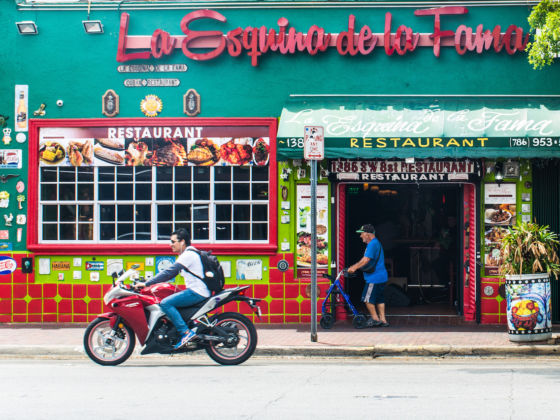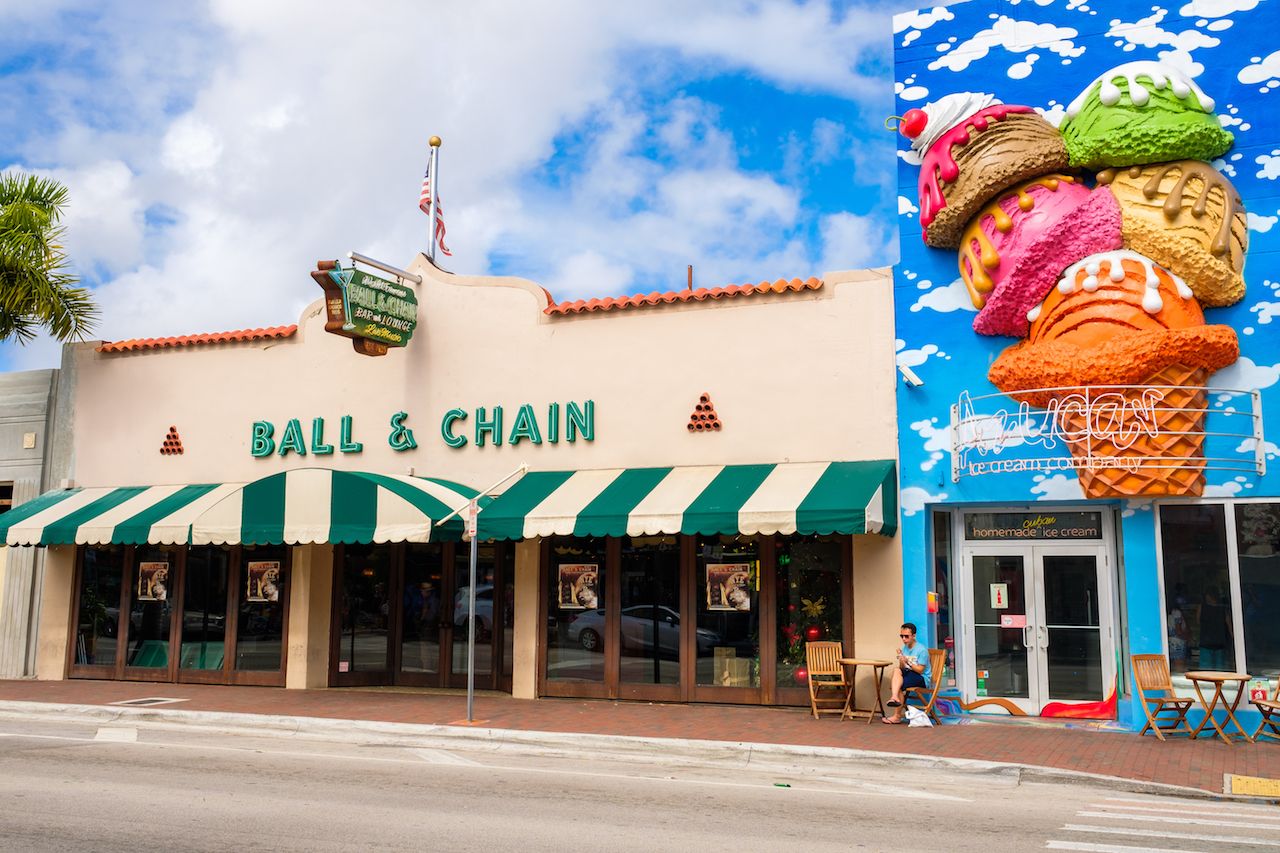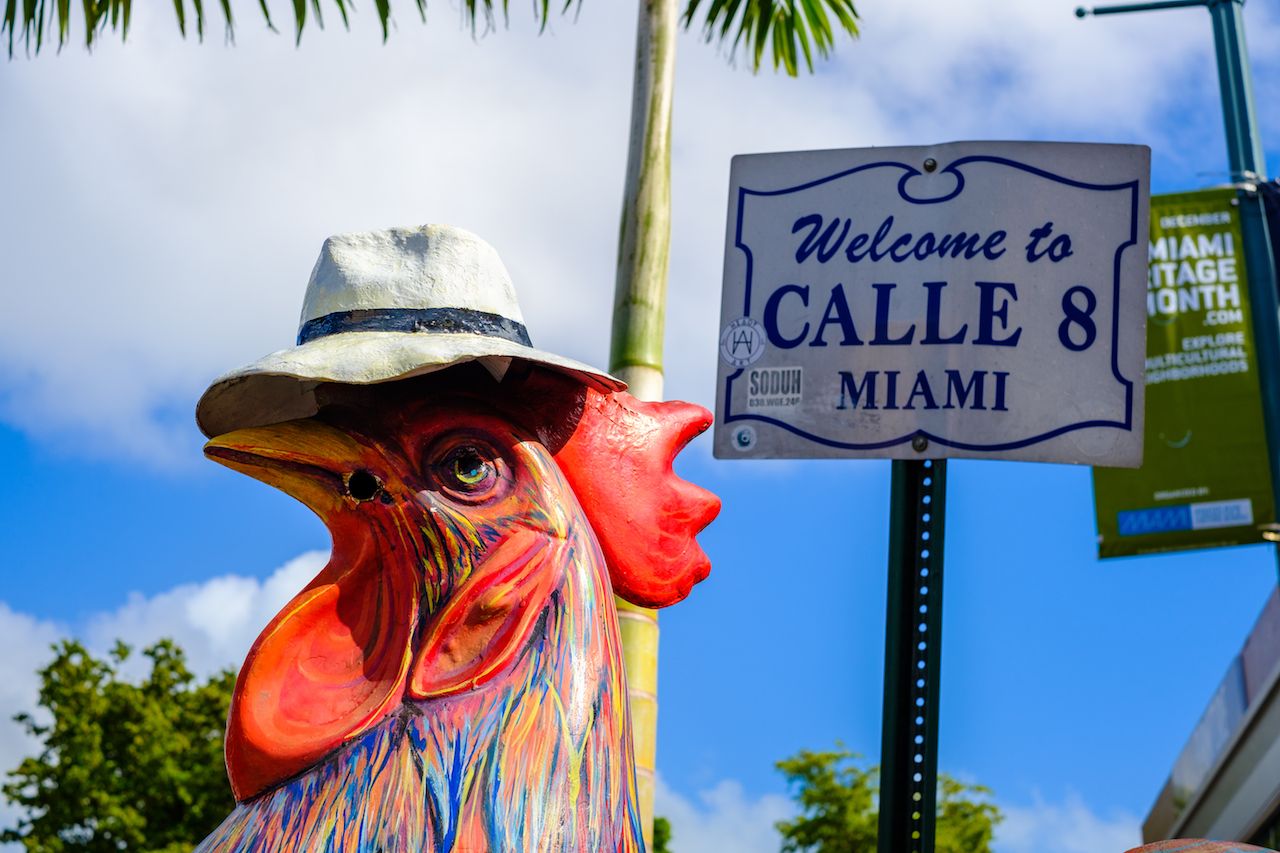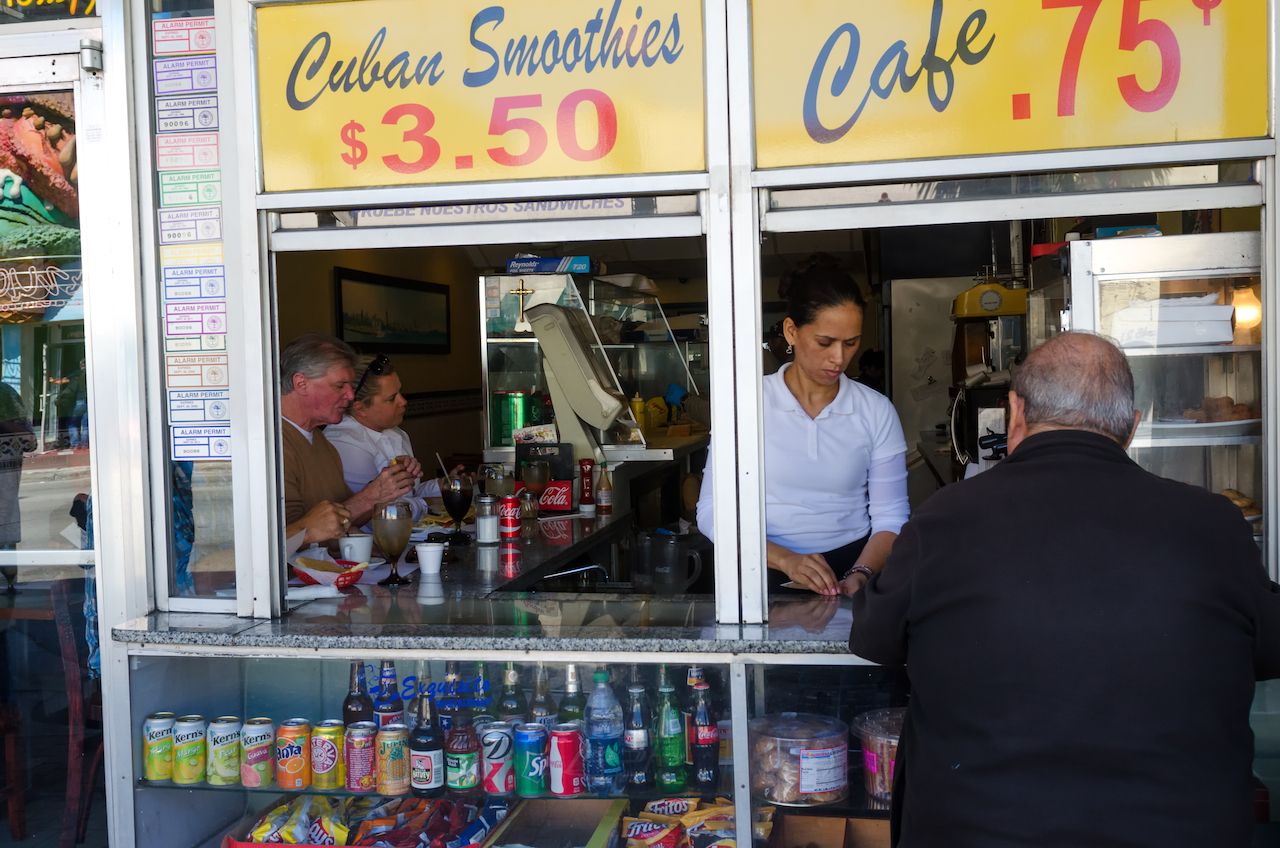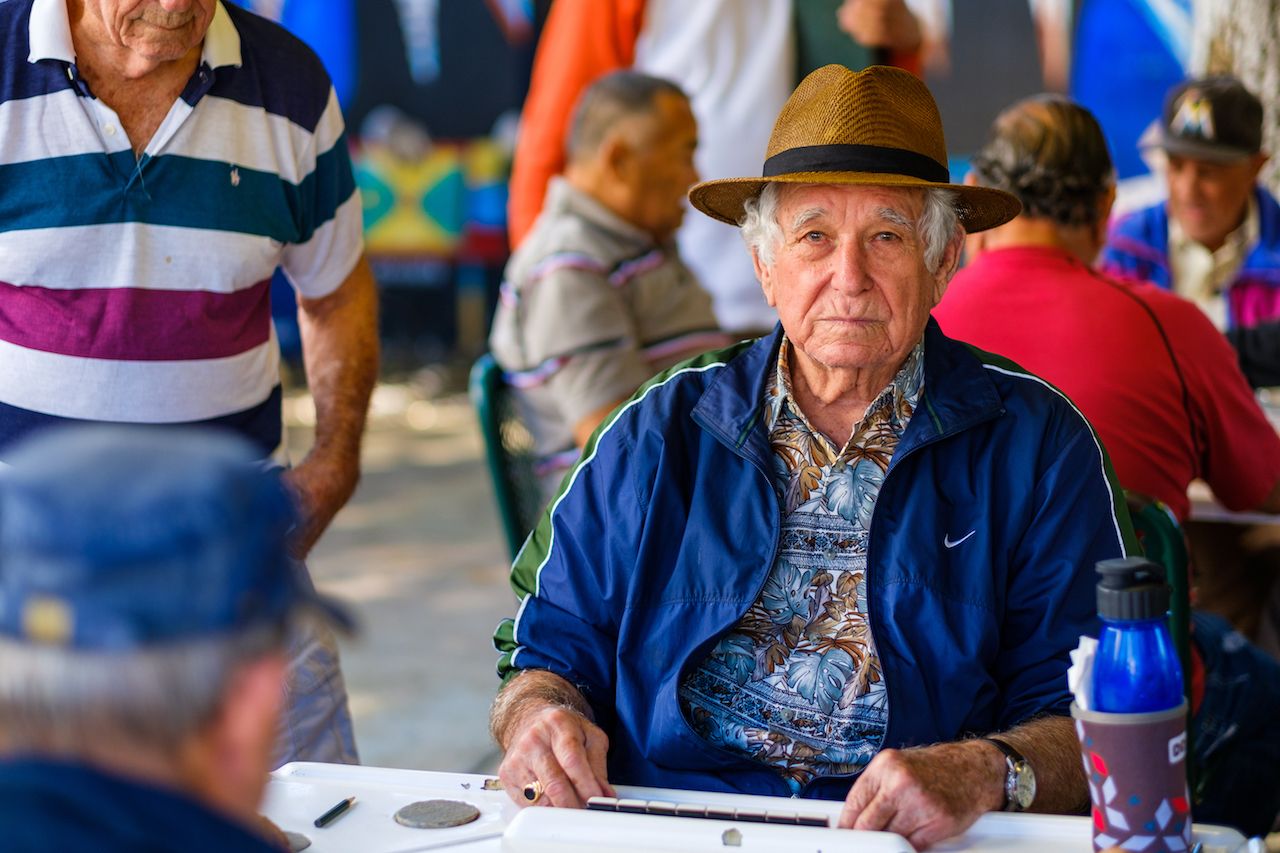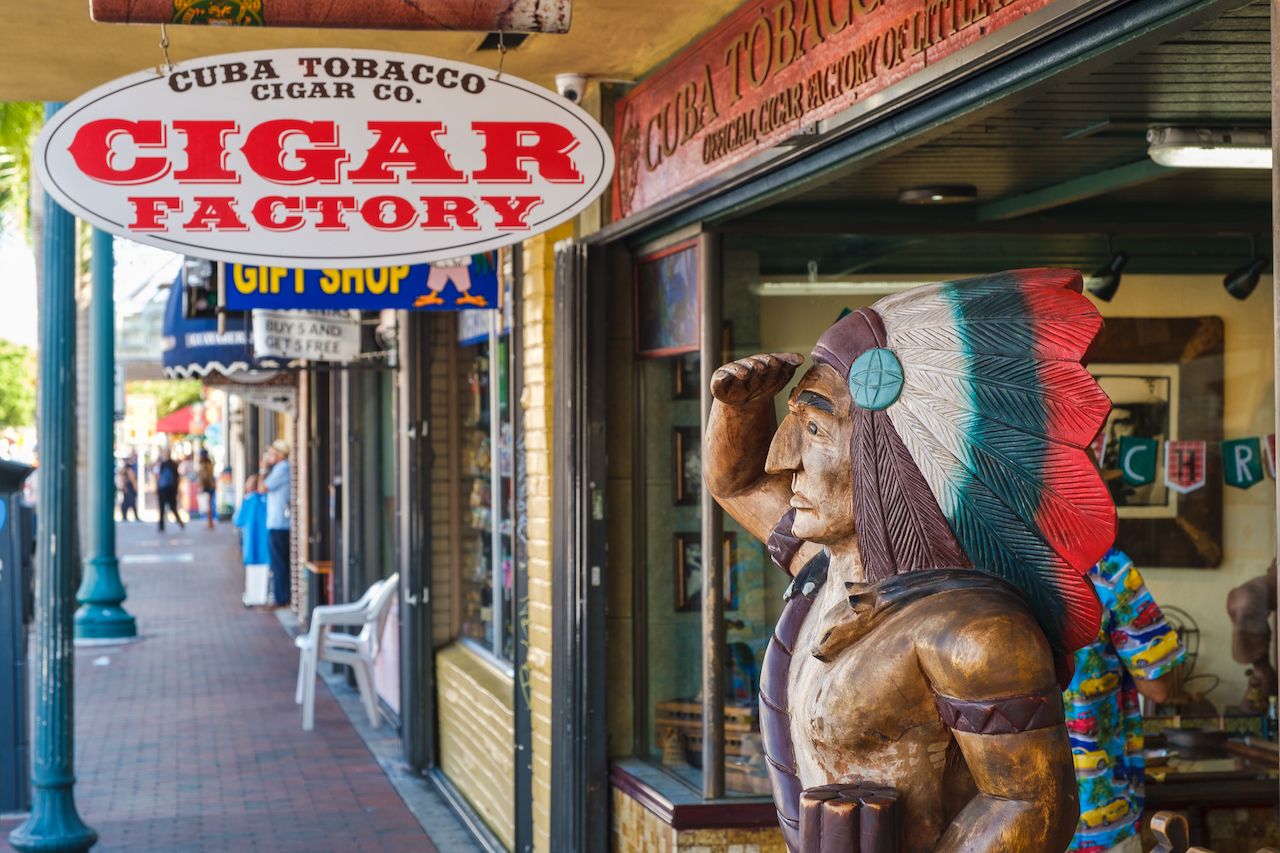“You know I used to get my car broken into here?” I said to my friend from LA as he met me downstairs at Miami’s Life House Hotel. “Seriously, I lived right around the corner and every time I parked on the street, BAM! I was missing a cell phone charger.”
“Oh, that’ll still happen,” a man sitting in the hotel’s library coworking area said, looking up from his laptop. It was nice to hear the old neighborhood hadn’t changed.
